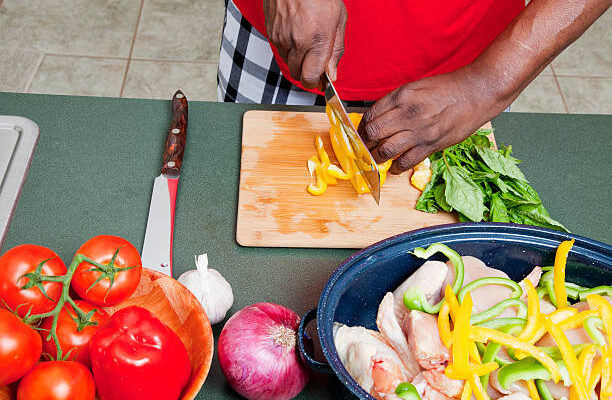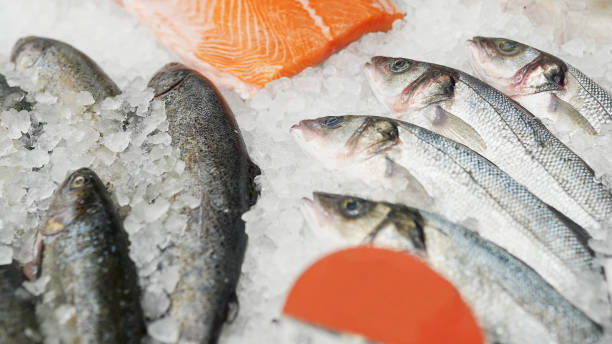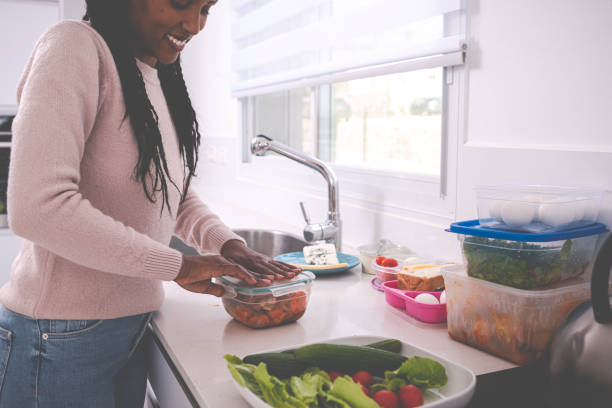

Today (June 7), food safety advocates and health organizations are observing World Food Safety Day under the theme ‘Food Standards Save Lives’ to encourage governments, farmers and food establishments to apply food safety standards in food production.
The day is led by the World Health Organization (WHO) and the Food and Agriculture Organization (FAO) to highlight the dangers of food poisoning and food contamination in society.
Some 600 million individuals become ill each year as a result of food-borne illnesses, while 420, 000 people die each year due to food-borne illnesses.
While food poisoning is a common issue affecting many people today, it can be prevented by employing food safety methods to reduce the spread of pathogens. Our Today has some helpful food safety tips that can be applied to your everyday life when handling food.
Always check food labels

One of the easiest ways to get food poisoning is by neglecting outer package labels which provide the nutritional value and ingredients that are used to make the food item.
It is important to carefully the labels on food packages to identify the ingredients that may or may not trigger an allergic reaction. Similarly, always check for expiration dates to determine if the item is still safe to consume.
Always wash your hands thoroughly before and after handling food

Handwashing is an important step to minimize the spread of bacteria when handling food items, therefore wash your hand with soap and water frequently when preparing food.
Most importantly, keep your kitchen surfaces clean during and after meal preparation.
It is also important to keep utensils such as forks, spoons, and cutting boards clean after they have been used to prevent the spread of bacteria. Do not use the cutting board you used to prepare meat a few minutes ago to dice fruits and vegetables without thoroughly washing the item with soap and water.
Be sure to wash fruits and vegetables before eating. For canned foods, rinse the lid before opening it to prevent germs or bacteria from contaminating the food item.
Separate

Separate raw meat from other foods to prevent bacteria from spreading from one item to the next. Cross-contamination can occur when raw meat comes in contact with cooked items or vegetables.
Keep raw meat, fish, chicken and eggs in a separate section of the refrigerator. Store vegetables, salads and fruits together.
Refrigerate

Keep fish, poultry, red meat, and eggs cool at a reasonable temperature in the refrigerator. When purchasing these items at the grocery store or market, it is best to purchase them last to ensure that they are not exposed to the heat because they can go bad quickly.
Likewise, always separate raw meat from from other food items in the grocery cart and place in a seperate shopping bag.
Cook meals at the correct temperature

Food experts recommend that meats be cooked at a temperature that is hot enough and safe enough to kill the pathogens that cause food poisoning.
A food thermometer can be used to check when the meat has reached a temperature that is safe to eat. It is recommended that eggs and ground meats ( beef, lamb, pork) be cooked at 160°F , fish and shellfish, 145°F and poultry 165°F.
Cook more

Preparing meals at home gives you greater control over the food you consume therefore reducing the risk of your of food poisoning.
While there are established food standards that restaurants are required to follow, you are more likely to contract a food-bourne disease eating at a restaurant than at home.
For your safety, check to see if there are certifications that the kitchen manager has completed a food safety training or have a food handlers permit.
–Send feedback to [email protected]







Comments